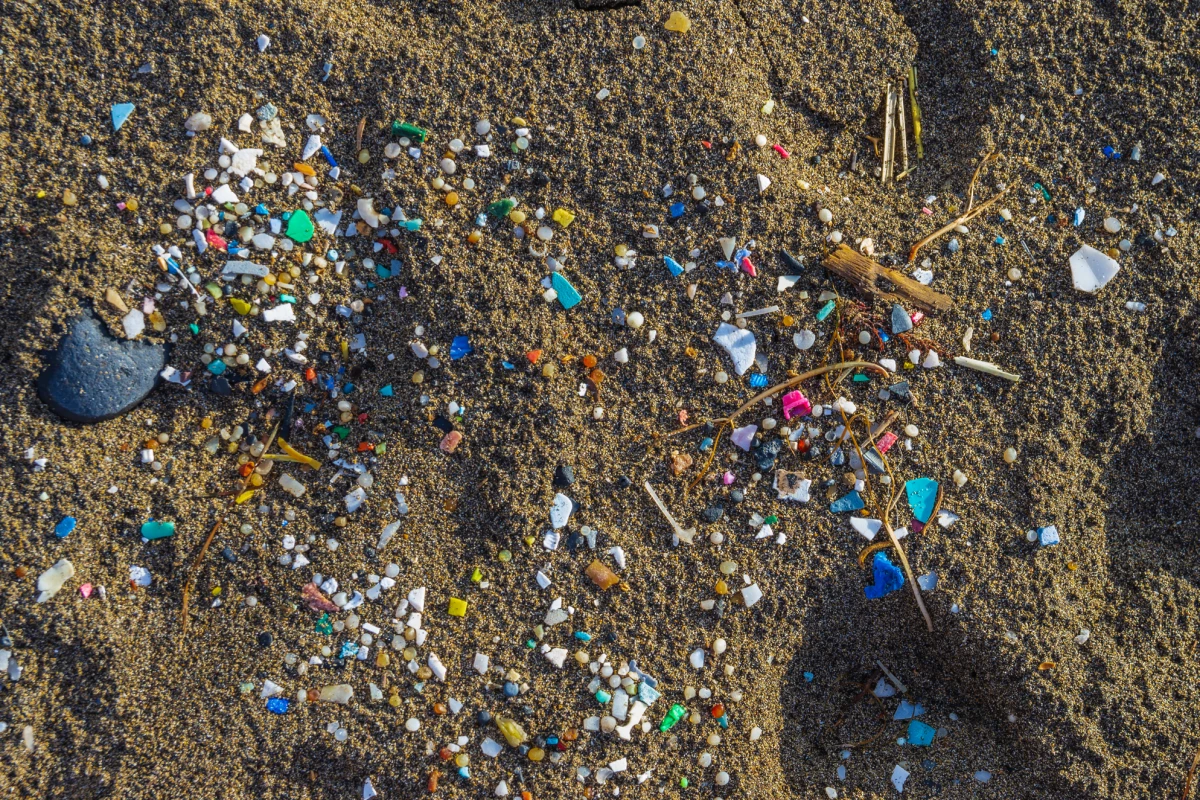The way plastic moves through the environment and endangers living organisms is of great concern to scientists, and a first-of-a-kind study has unearthed disconcerting new information on both these fronts. The authors have demonstrated that the type of plastic particles shed through laundry cycles and use of cosmetic products can carry pathogens far out to sea and endanger marine life, reshaping natural food webs as a result.
The study was carried out by scientists at University of California, Davis and focuses on what are known as microplastics, fragments no bigger than a grain of rice. The scientists looked at two types of microplastics in particular, those shed through washing cycles in the form of polyester fibers, which amount to millions of metric tonnes entering waterbodies since 1950, and polyethylene microbeads found in cosmetic products.
Studies have shown that the world's rivers carry billions of plastic particles into the ocean everyday, so the thinking behind this new study was to investigate how harmful pathogens could be hitching a ride. The three examined through the research are Toxoplasma gondii, Cryptosporidium (Crypto) and Giardia, all of which carry a number of risks to wildlife and human health.
Toxoplasma gondii comes from cat feces and causes toxoplasmosis in people, which leads to severe health conditions and life-threatening illness. The UC Davis team has spent years documenting the effects of the parasite on ocean life, including death in sea otters, dolphins and seals. Both Crypto and Giardia parasites, meanwhile, are known to cause gastrointestinal disease and pose the risk of death in young children and immunocompromised people.
The UC Davis conducted experiments to see how these pathogens interact with microplastics in seawater, and laboratory experiments showed that indeed a significant number adhered to the fragments, though the microfibers carried them more readily than the microbeads. The team says that by hitchhiking on the plastic particles, the pathogens can travel all throughout the ocean to regions they never would have otherwise been able to reach. And not just on the surface – they could make their way toward the bottom of the sea if attached to heavier particles that sink, endangering filter-feeding creatures like oysters, mussels and clams.
“It’s easy for people to dismiss plastic problems as something that doesn’t matter for them, like, ‘I’m not a turtle in the ocean; I won’t choke on this thing,’” said corresponding author Karen Shapiro. “But once you start talking about disease and health, there’s more power to implement change. Microplastics can actually move germs around, and these germs end up in our water and our food.”
The research builds on other recent findings demonstrating how marine organisms can ingest plastics and what happens when they do. These consequences include aneurysms in fish, cognitive impairment in hermit crabs, and seal poo studies showing how microplastics make their way up the food chain. Research has also shown how microplastics in wastewater treatment plants foster the growth of superbugs. This discovery that they facilitate the migration of dangerous pathogens far out to sea only creates more impetus to tackle the problem at the source.
“This work demonstrates the importance of preventing sources of microplastics to our oceans,” said co-author Chelsea Rochman. “Mitigation strategies include filters on washing machines, filters on dryers, bioretention cells or other technologies to treat stormwater, and best management practices to prevent microplastic release from plastic industries and construction sites.”
The research was published in the journal Scientific Reports.
Source: University of California, Davis




